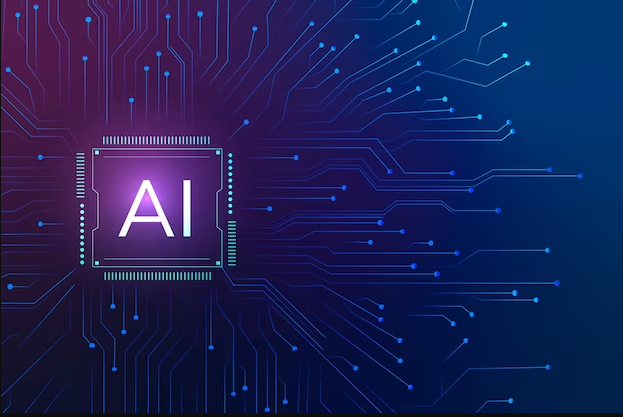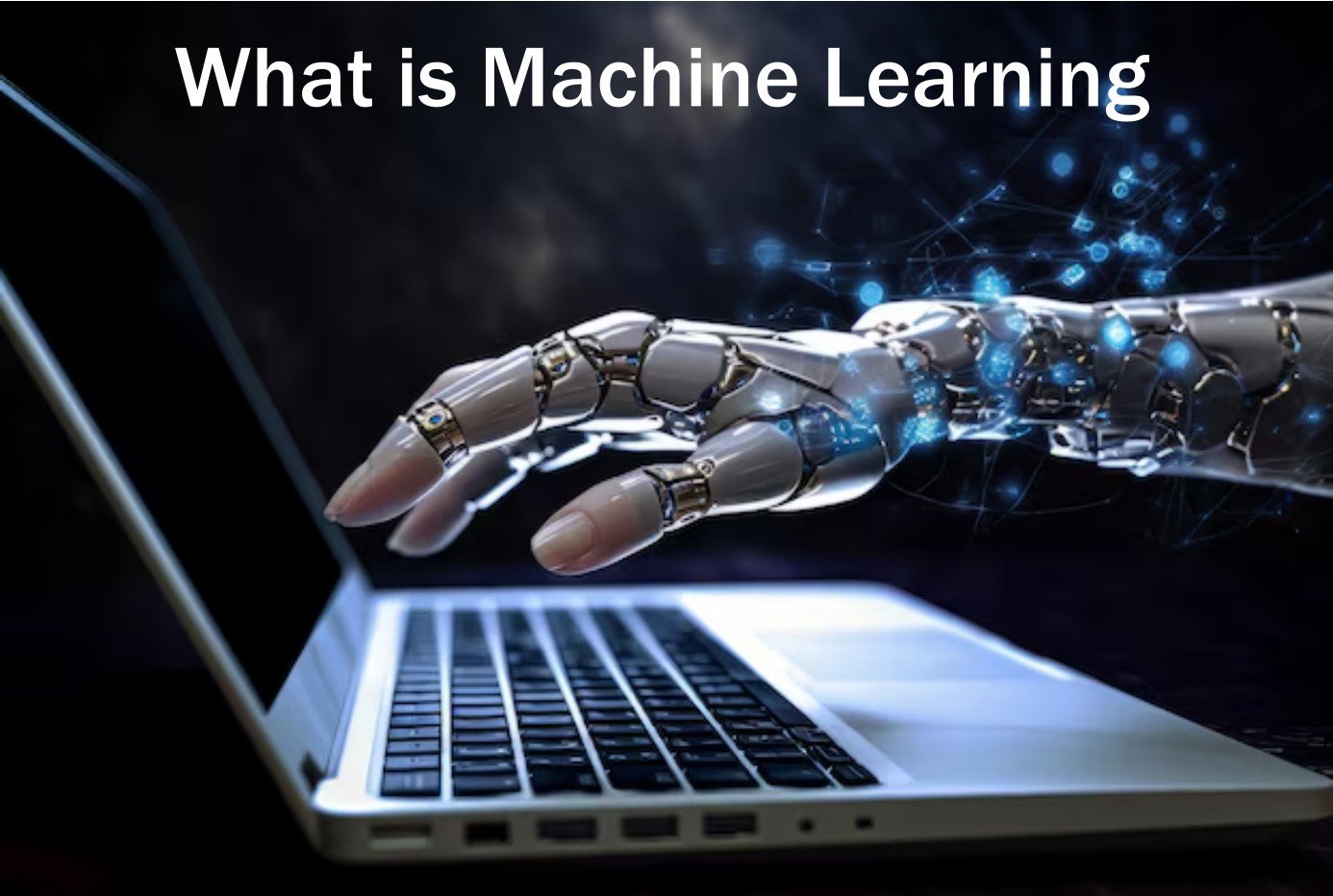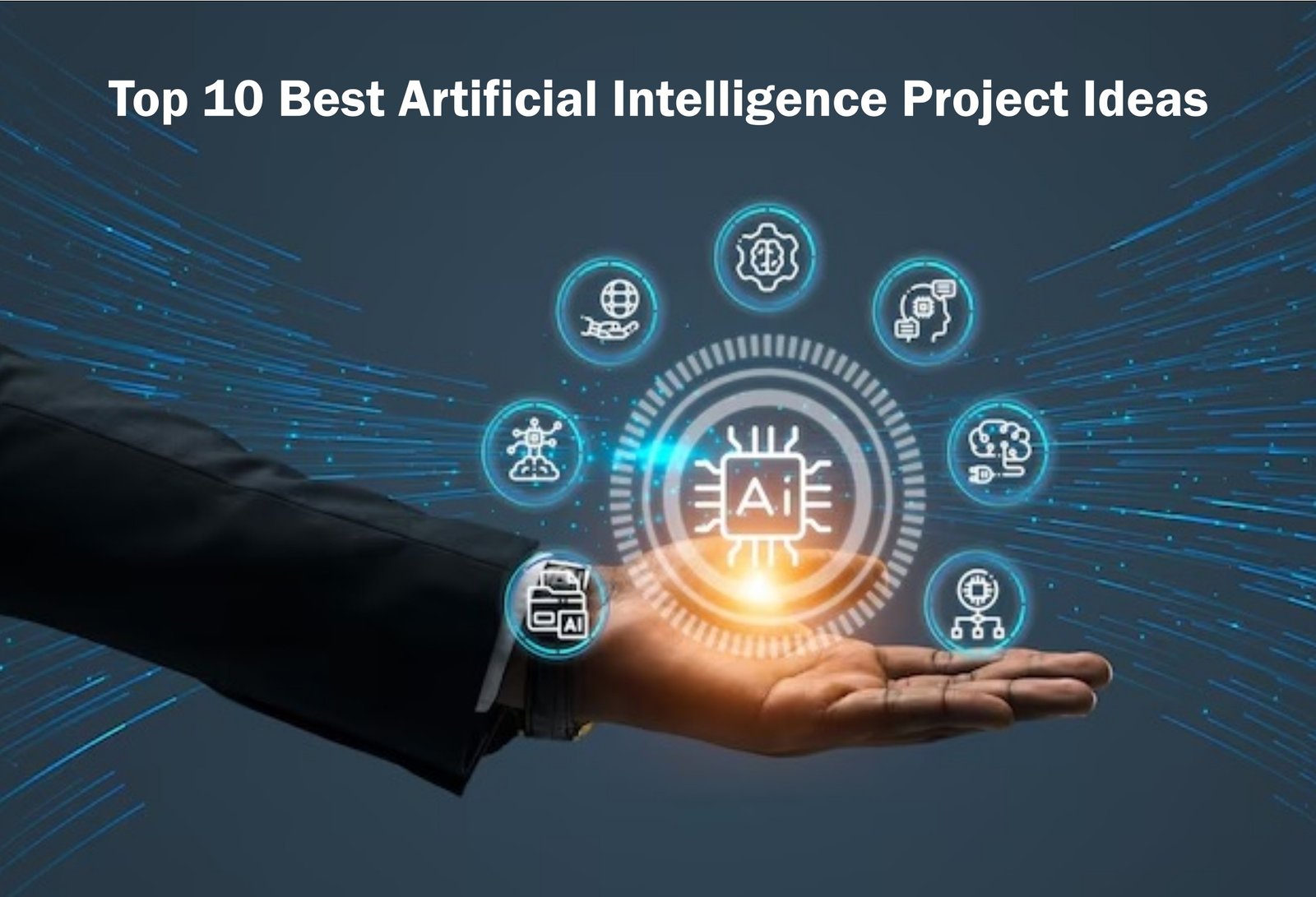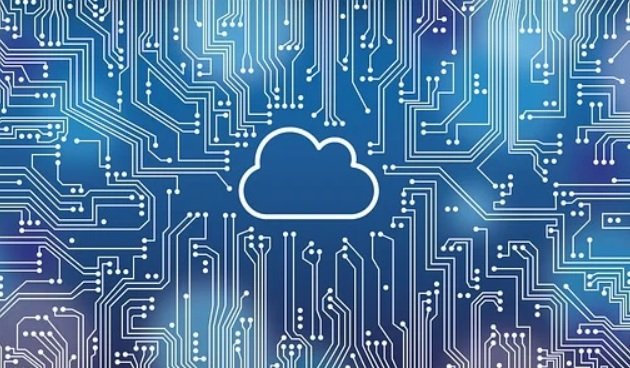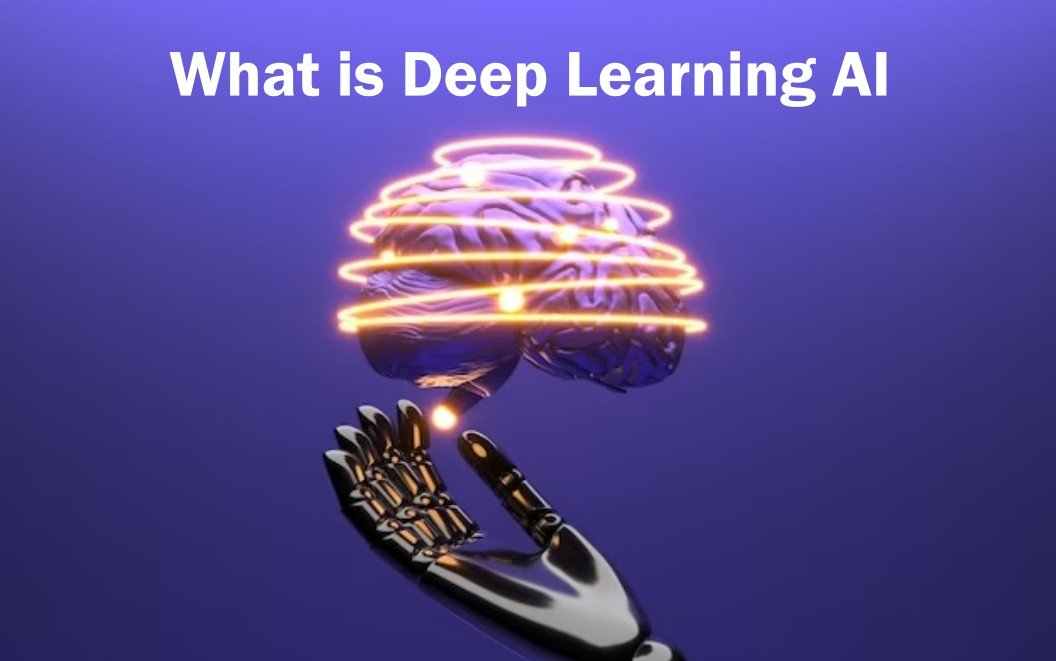What Is Facial Recognition And How Does It Work?

Credit - Freepik
Face recognition AI encompasses a succession of processes, beginning with image acquisition and ending with recognition decisions. The software uses machine learning techniques to identify facial features in photos or videos. It initially looks for eyes and then moves on to identify additional facial features. It then compares these attributes to the stored database to ensure that it has identified a face.
Facial recognition is a technical way to recognize a person's identity using their face. It involves mapping facial features from a picture, video, or real-time through biometrics. Many people are familiar with this artificial intelligence (AI) technology because they use the feature to unlock their phones. However, this comes under the biometric security systems that have multiple applications. From online banking to marketing and advertising, there is a growing interest in using this biometric verification system. Here, we'll talk about the facial recognition AI system and see how it works.
Also Read -
Facial recognition process using AI
Facial recognition is an AI-based computer technology to distinguish human faces. It compares the mapped facial features with a database of known faces to find a match. Though facial recognition AI helps determine age, gender, and emotions, it also raises privacy issues. This is how this facial detection application works:
1. Image capture
Face identification applications combine AI techniques, machine learning, statistical analysis, and image processing to detect human faces in larger images. It distinguishes them from non-face objects like landscapes, buildings, and human body parts. The process begins with capturing a photograph or video of a face. Facial technology systems can vary, but they often use cameras, security footage, or social media pictures. The camera recognizes and locates the image of a face, whether alone or in a crowd. The image could show the person looking straight ahead or sideways.
2. Preprocessing phase
The accuracy of the facial recognition system highly depends on the quality of the obtained image. Before face detection starts processing, the system enhances its quality and removes any external images that could hinder detection. After extracting facial features from the image, the process involves normalizing, scaling, and grayscale conversion. These tasks help standardize the input data and ensure the facial recognition algorithm can identify the face appropriately.
3. Face mapping and analysis
Human eyes are easy to detect using face detection algorithms. The process starts by searching eyes and progresses to other facial landmarks. The technique specifies eyebrows, nose, nostrils, mouth, and irises. Once the face gets recognized, the system aligns it to a predetermined position. It ceases head orientation and focuses on consistent facial features to improve accuracy. When the mechanism concludes that it has input a facial expression, it goes through additional tests to confirm face detection.
4. Database comparison
The software analyzes the shape of your face. The goal is to determine the facial landmarks that differentiate your face. The geometrical considerations include the following information:
- Distance between your eyes
- Depth of your eye sockets
- Distance from the forehead to the chin
- Curve of your cheekbones
- Contour of your lips
- Shape of your ears and chin
The face recognition AI technique converts analog information (a face) into a set of digital information (data). It turns your facial analysis report into a mathematical formula depending on your facial features. Each person's faceprints (collected as numerical code) are unique, like thumbprints.
5. Matching results
The system correlates the obtained face representation with a pre-existing database of known faces. This database stores different facial templates or embeddings of individuals, enabling the algorithm to compare the input face with stored data. The matching process involves measuring the similarity between the feature vectors. Based on the comparison results, the system makes a recognition decision. If your faceprint matches an image in a facial recognition database, it gives a favorable determination. Otherwise, the face remains unknown. Eventually, facial recognition AI uses advanced algorithms to match facial features for identification purposes.
Benefits of facial recognition AI
The growing use of facial recognition AI technology indicates its popularity. Though it hasn't peaked yet, it has reached many specialized areas. It offers benefits beyond just unlocking your smartphone. Here is a brief discussion of its potential applications.
Reduced crime
Face recognition helps in finding robbers, thieves, and trespassers. The mere presence of a face recognition system can make people conscious and less likely to commit crimes. Besides promoting physical security, cybersecurity via face detection has other benefits. Companies can use this technology instead of passwords to gain access to computers. It reduces the chances of being hacked.
Safe banking
Facial recognition technology is beneficial in banking to authenticate customers and protect their assets. Instead of using one-time passwords, customers can assess transactions by simply looking at their smartphone or computer screen. The technology also keeps away hackers because there is no scope for scams. When identifying and authenticating customers, biometric Internet banking can substitute passwords, tokens, signatures, and PINs in-branch services.
Airports and border control
Facial recognition has become a common sight in several airports across the world. An increasing percentage of tourists have biometric passports, which allow them to bypass the usual long lineups and instead stroll through an automated ePassport control to reach the gate faster. Facial recognition not only shortens wait times but also helps airports increase security.
Patient care
Some hospitals use facial detection technology to help with medical care. Healthcare providers are experimenting with face recognition AI to access patient records, streamline registration, and even help pinpoint certain hereditary disorders. As biometric technology becomes more reliable, adoption in the healthcare sector seems to rise.
Also Read -
FAQs
1. Is facial recognition always accurate?
Ans. Face recognition software uses AI and machine learning algorithms to identify a person's identity. It assesses and compares facial features with saved data to produce results. Sometimes, a minor adjustment in camera angle or appearance, such as a new hairstyle, could cause inaccuracies. However, facial recognition technology has become much better, with error rates of less than 1% in recent years.
2. What is the future of facial recognition AI?
Ans. Facial recognition is the most natural biometric assessment because faces are how we identify ourselves and others. Ever since this technology came into the knowledge, it has affected over half of the world's population. Its application is growing everywhere, from finding missing people to assessing patient records. It can drastically change the form of many industries by giving a technologically more advanced interaction.



